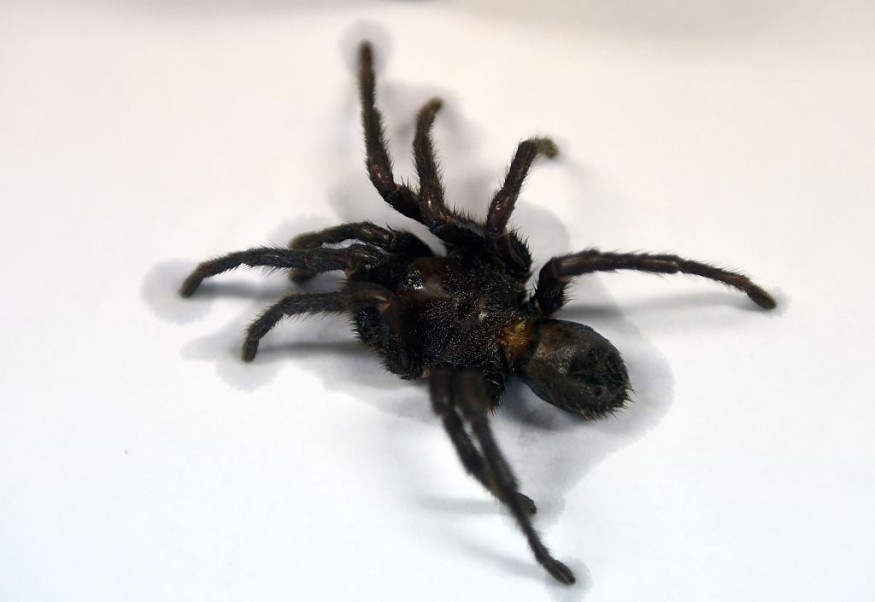
When mechanical engineering graduate candidate Faye Yap noticed a lifeless spider stretched taut in the corridor, she wondered if it could be utilized as an automation part.
Transforming deceased spiders into robotic pliers may sound like a horror situation to a few, yet it might offer practical advantages. Spider claws could securely and tenderly grasp huge, fragile, and oddly formed things sans damaging them.
Robotic Dead Spiders
Yap and together with her Rice University partners devised a means to enable a lifeless wolf spider's limbs unfold and cling around items in partnership with mechanical engineer Daniel Preston, Science Alert posted. This novel sort of automation was dubbed 'necrobotics.'
Strangely, as per The New York Post, spider appendages do not have musculature for elongation and rather operate their limbs using hydraulic force - they have a prosoma cavity, or cephalothorax, which compresses, pushing inner body liquids into their limbs, causing them to expand.
Therefore, the scientists placed a needle into the spider's prosoma chamber and used a blob of adhesive to bind the tip of the syringe.
Pressing a little burst of air into the needle would be sufficient to engage the spider's limbs, allowing it to move throughout its whole flexion and extension in under a second.
As Yap asserts in a clip uploaded on the Rice University website, researchers got the spider and stuck the syringe in it, not having a clue as to what might well occur.
Designers had an idea as to where they intended to put the syringe, and when researchers began, it functioned straight away. as to experts, they don't even comprehend how to explain that instant. The scientists managed to get the lifeless spider to grab a little ball and utilized that research to calculate a maximal handgrip strength of 0.35 millinewtons.
Furthermore, they then exhibited the capability of a lifeless spider to scoop up fragile items and devices, like removing a jumper cable tied to an electrical prototype and moving a piece of polyurethane cushion.
Read also: Black Bear Superpower: How do These Bears Hibernate for Months and Still Remain Fit and Healthy?
Innovation in Robotics
Researchers further demonstrated that the spider may support the load of some other spider of similar proportion.
Because spiders stretch their limbs by generating hydraulic force from their cephalothorax, the hydraulic mechanism ceases to function after spiders perish. The spider's flexor muscle fibers go into rigor dominus, however because the muscles hardly collaborate from one manner, the spider snuggles up, as seen in the journal of Advanced Science.
Whereas most man-made electronics pieces are fairly hard to produce, spiders are inherently sophisticated and (sadly for arachnophobes) numerous.
As the authors conclude in their report, the necrobotics idea suggested in this study draws use of interesting patterns provided by environment that could be difficult, if not unattainable, to recreate mechanically. Because spiders are biodegradable, utilizing them as mechanical components will reduce trash in automation.
Designers might envision this being utilized for micro-manipulation, which may encompass stuff such as micro-electronic circuits. Another disadvantage of the deceased spider gripper is that it begins to show signs of wear and tear following two days or 1,000 open-and-close repetitions.
Scientists believe it is connected to concerns with bone dryness, which researchers believe may be remedied by putting polymeric coverings.
The investigators wrapped the wolf spiders in beeswax and discovered that its mass reduction was 17-fold less than the untreated spider throughout 10 days, indicating that it was storing more moisture and its air compressor might work more hours, according to Flipboard.
© 2025 NatureWorldNews.com All rights reserved. Do not reproduce without permission.




